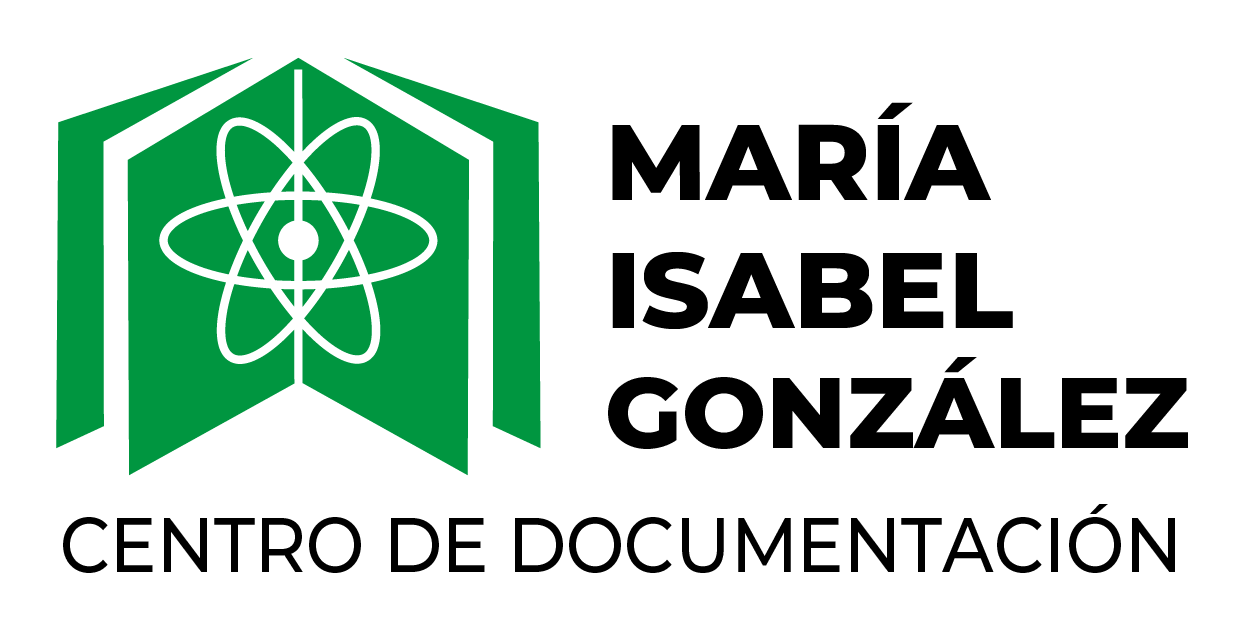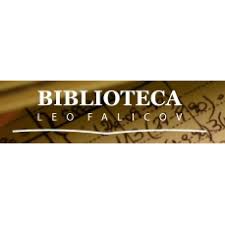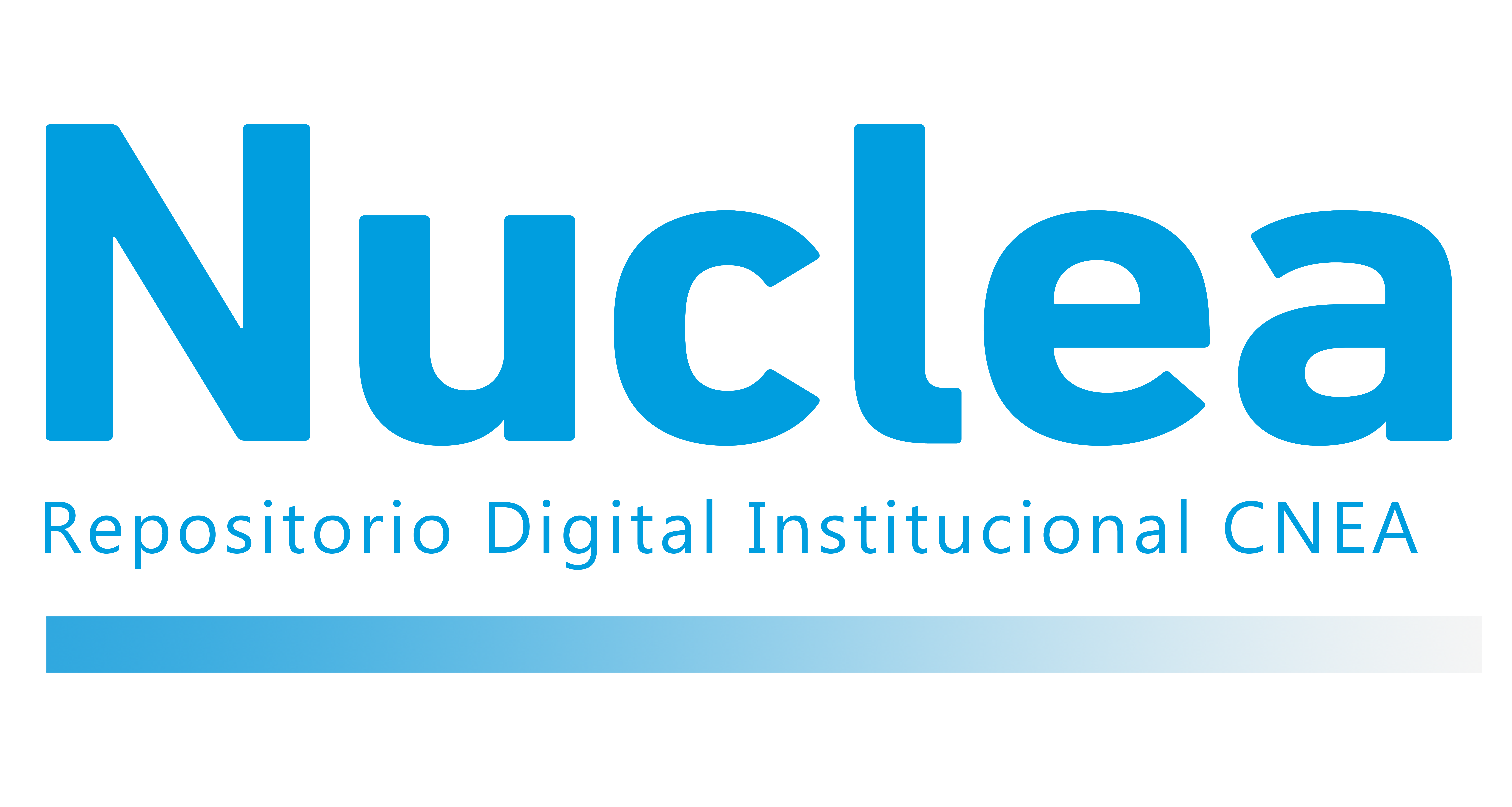Modelo atomístico/continuo aplicado a la fractura de la capa de óxido en tuberías de reactores nucleares de potencia.
Material type: Computer filePublication details: Buenos Aires : Instituto Sabato, 2017.Description: 171 pOther title:
Computer filePublication details: Buenos Aires : Instituto Sabato, 2017.Description: 171 pOther title: - Atomistic / continuum model applied to the study of mechanical failure of the oxide layer in nuclear power reactor’s pipes
| Item type | Home library | Call number | Status | Barcode | |
|---|---|---|---|---|---|
|
|
Centro de Información Eduardo Savino | IS/TD 107/17 (Browse shelf(Opens below)) | Not for loan | IS/TD 107/17 |
Browsing Centro de Información Eduardo Savino shelves Close shelf browser (Hides shelf browser)
Tesis para optar al título de Doctor en Ciencia y Tecnología de Materiales. 2017
Directores: Dr. Gerardo RUBIOLO. CNEA, UNSAM, CONICET - Argentina. Dra. Paula Regina ALONSO. CNEA, UNSAM - Argentina.
Lugar de realización: División Aleaciones Especiales - Departamento Transformaciones y Propiedades - Gerencia Materiales - Centro Atómico Constituyentes - CNEA - Argentina.
Fecha Defensa: 05/09/2017.
Jurado: Dra. Valeria Paola FERRARI. CNEA, UNSAM, CONICET - Argentina.
Dr. Alfredo JUAN. IFISUR, UNS, CONICET.
Dr. Roberto César PASIANOT. CNEA, UNSAM, CONICET - Argentina.
Dr. Hernán Gabriel SVOBODA. UBA, INTI, CONICET - Argentina.
En esta tesis se utilizan cálculos basados en DFT para investigar la adhesión en la interfaz [ 100 ] ( 001 ) Fe∥ [1 1̄ 0 ] ( 001 )Fe3O4 . Los cálculos se focalizan en el trabajo de separación a T = 0K de tres estructuras que son candidatos para la geometría interfacial, incluyendo dos terminaciones del óxido y permitiendo relajaciones iónicas. Al mismo tiempo, se analiza la estructura atómica y electrónica de cada interfaz. Luego, se realiza un análisis de la naturaleza de los enlaces químicos de la interfaz a través la Función de Localización Electrónica, los mapas de Densidad de Carga Diferencial y el análisis de Bader. El carácter de los enlaces químicos y el efecto de la terminación de la superficie del óxido en la adhesión son cuidadosamente comparados entre las estructuras candidatas, y se discute cuál es la estructura de la interfaz Fe/Fe3O4 según las energías de los sistemas considerados. Luego, se estudia el comportamiento del sistema ante solicitaciones de tracción y corte compuestas y se usa esa información para obtener un potencial interfacial que permite calcular las fuerzas de tracción y de corte en todo el espacio de coordenadas interfaciales.
English version:
In this thesis, DFT is used to investigate the adhesion of the [100](001)Fe∥[11̄0](001)Fe3O4 interface. The objective for these calculations is to obtain the work of separation at T=0K for four candidate structures for the interface geometry, including two possible terminations of the oxide slab, and allowing for atomic position optimization. At the same time, the atomic and structures of each interface is analyzed. Then, an analysis of the nature of chemical bonding in the interface is performed, using the Electron Localization Function, Differential charge density and Bader analysis. The character of the chemical bonds and the effect of the oxide slab termination on adhesion are carefully compared among candidate structures, and a discussion is elaborated on the possible structures of the Fe/Fe3O4 based on the energies of the systems that have been treated. Then, the system’s response to combined traction and shear strains is studied. The obtained information is used to construct an interface potential that allows to calculate traction and shear tensions in the explored space of interface coordinates.
There are no comments on this title.




